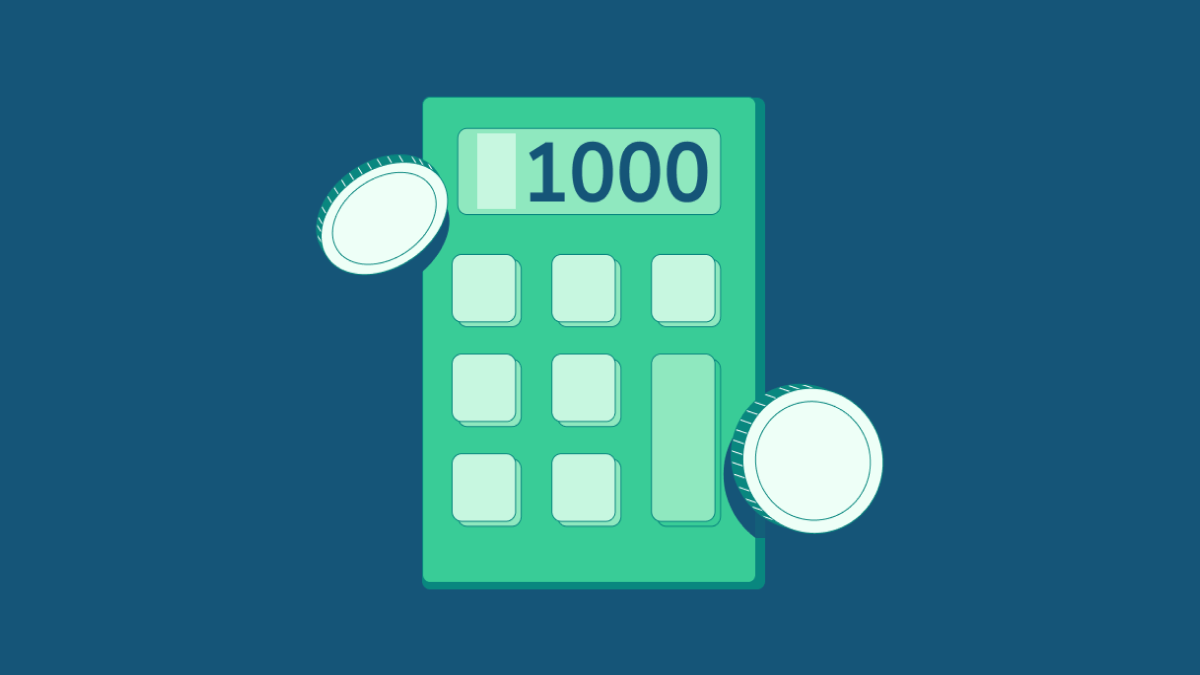How Small Businesses Benefit From the SECURE Act

How Small Businesses Benefit From the SECURE Act
Congress is close to passing legislation that will be a big win for small business owners thinking of offering retirement plans to their employees. The Setting Every Community Up for Retirement Enhancement (SECURE) Act has a number of provisions centered around improving the nation’s retirement system, but small businesses, in particular, stand to benefit in many ways. Most notably, the Act would:
- Increase the business tax credit for plan startup costs to make setting up retirement plans more affordable for small businesses. The tax credit would increase from the current cap of $500 to up to $5,000 in certain circumstances.
- Encourage small-business owners to adopt automatic enrollment by providing an additional $500 tax credit for three years for plans that add auto-enrollment of new employees.
- Simplify rules and notice requirements related to qualified nonelective contributions in safe harbor 401(k) plans, a particularly common plan design amongst small businesses because the plan automatically passes certain compliance tests.
- Offer a consolidated Form 5500 for certain defined contribution plans to reduce costs.
Additionally, the SECURE Act allows unrelated small businesses to get together in an “open” 401(k) multiple employer plan (MEP), which could also reduce costs and administrative responsibilities. Currently, only so-called “closed” MEPs are permissible, which require employers participating in them to have some kind of connection between them, such as membership in the same industry or an established trade association, and each business bears liability in the event any employer in the plan fails to comply with legal or regulatory requirements. “Open” MEPs eliminate those rules.
The SECURE Act would also increase plan flexibility, which is a big benefit for small businesses. First, it would permit employers to add a safe harbor feature to their existing 401(k) plans even after the plan year has started as long as they contribute at least 4% of pay to employees instead of the regular 3%. Second, it would extend the period of time for companies to adopt new plans beyond the end of the year to the due date for filing the company tax return.
There are other benefits that focus on helping employees save more for retirement. For example, it’s been proven that automatic enrollment and automatic escalation features encourage long-term savings, and the SECURE Act permits safe harbor 401(k) plans to increase the auto-enrollment cap from 10% to 15% of an employee’s paycheck. And since employees are working and living longer, the bill also benefits older workers by letting them continue to contribute to their plan until age 72, up from the current age of 70 ½. Lastly, it would provide penalty-free withdrawals from retirement plans of up to $5,000 within a year of the birth or adoption of a child to cover associated expenses.
The SECURE Act’s companion bill, the Retirement Enhancement Savings Act (RESA), is now moving forward through the Senate. RESA includes many of these same beneficial provisions and also has bipartisan support. Many industry experts expect a compromise version of the two bills to become law before the end of 2019, making it the perfect time for small businesses to take action. If an employer wants to offer a safe harbor plan, plan documents need to be signed by late summer. This way, they’ll meet the October deadline for distributing legally required notices, be able to go January and take advantage of the full tax benefits for the year.








